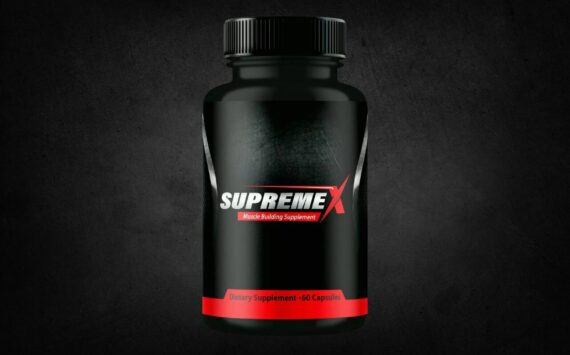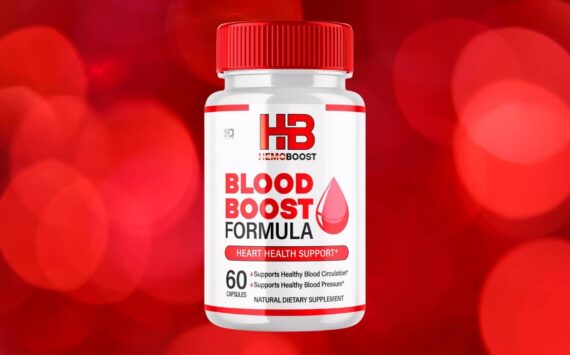ARLINGTON — In Robert Jared Dickson’s 95 years of life, one horrific day is seared into his memory like no other. He was a teenage sailor, a farm kid from Wyoming, on Dec. 7, 1941. His ship, the USS Curtiss, was moored in berth Xray 22 at Pearl Harbor.
“The Japanese came swooping in. I was aboard ship. I had a big tray of eggs and toast,” he said.
In the quiet of his Arlington home last week, Dickson grew somber recalling the carnage and destruction wrought by the surprise attack that crippled the Navy’s battleship force. Of more than 2,400 Americans killed that day, some were Dickson’s buddies.
A witness to history, he is haunted by what he saw at age 19 in the aftermath of the bombings, torpedoes and strafing.
“What has stayed with me longest is all the cleanup. It was traumatic, seeing body parts and blood and gore,” Dickson said. His duty that bright morning, was manning a small launch from the 527-foot Curtiss. It required him to retrieve the dead from the water, and to transport bodies to a landing dock next to a naval hospital. “There were legs, arms, torsos,” he said.
Dickson has spoken before about that “date which will live in infamy,” as President Franklin Roosevelt described it. He has talked at schools about the day that launched the United States into World War II. In 2012, he shared his memories with Herald readers. Wednesday, Dickson was in Hawaii for the 75th anniversary of the attack on Pearl Harbor. His journey to Joint Base Pearl Harbor-Hickam and other sites began Dec. 4. He is accompanied by his son, Dennis, and daughter-in-law, Dawn, also of Arlington.
Before his departure, Dickson recalled what it was like in the Territory of Hawaii, just off Oahu, 75 years ago.
“It was a Sunday, and most of the crew were still in their bunks. I had duty on a small motor launch,” he said. He had ferried officers to shore before coming back to the Curtiss for breakfast.
A seaplane tender, the Curtiss was tied up across a channel from Ford Island, where the USS Arizona and other ships were moored on Battleship Row. Dickson, a fireman first class in 1941, said that when the Curtiss came in to dock at Pearl Harbor just days before the attack, “the USS Nevada had taken our berth.”
The Nevada, which was torpedoed but managed to escape, was moored right behind the Arizona. The attack killed 1,177 sailors and Marines aboard the USS Arizona, now a memorial and the underwater final resting place of more than 1,100 men.
From the other side of Ford Island, the USS Curtiss was able to get underway and fire at Japanese planes. Dickson said that shortly after hearing the first explosions, an alarm sounded. Men on the Curtiss ran to battle stations.
Dickson was ordered into a 24-foot open boat to pick up survivors. His launch was the last small boat to leave the Curtiss. He embarked without his normal crew of three other sailors. “They were probably all on gun crew. I was alone,” he said.
Terrified, Dickson tried crossing the bay in front of two destroyers. They were leaving the channel while being targeted by bombs and machine gun fire. Forced to turn his launch to avoid hitting a destroyer, he passed directly between them as Japanese planes roared overhead.
He headed for the safety of a small concrete building across the bay, ducking into his boat’s bow and covering himself with life jackets. Bullets pierced his boat, but he made it about 200 yards to the refuge.
Dickson recalled rescuing one man from the water. The man hung on to a timber Dickson said might have come from the USS Utah, which had its deck covered with wood to protect it during practice bombing — those “bombs” were flour-filled sacks.
Dickson spent the war in the South Pacific. When it ended, he briefly attended college in Wyoming, but moved to the Northwest to join uncles working in construction. As a contractor, he built hundreds of miles of roads, many for the U.S. Forest Service and Washington state.
A widower for the third time, Dickson lost both his first wife, Elna, and his second wife, Marie, to cancer. He and his third wife, Mary Alice, were married about 20 years before she died in 2015. Dickson is the father of six, with 27 grandchildren, 62 great-grandchildren, and a great-great-grandchild due this spring.
He has outlived “all those survivors from the Curtiss,” and most Pearl Harbor survivors he knew in Snohomish County. He used to attend gatherings of Pearl Harbor survivors at the Golden Corral restaurant in Marysville. “There’s not anyone left. We used to fill a room,” he said.
His mind goes back to the nightmarish scene he saw after taking shelter in that concrete building. Japanese planes came in waves. The raids “seemed to last forever,” he said. “You can’t imagine the noise, and the smoke where the battleships were,” he said in 2012.
Dickson saw his ship get hit when a Japanese dive bomber crashed into it. About 20 crewmen from the USS Curtiss were killed, and Dickson was part of the cleanup crew. The Curtiss was repaired and went on to serve during the war.
“When all the Japanese planes left, there was kind of a calm,” he said. He ferried wounded men to Naval Hospital Pearl Harbor and the USS Solace, a hospital ship. Many were badly burned.
He can’t forget the worst of it, but after 75 years Dickson said he has “CRS — can’t remember stuff.”
Earlier this year, daughter Kristy Tate helped him publish “Robert Jared Dickson: A Personal History.” The paperback tells of more than his Pearl Harbor memories. It chronicles his early life, as the youngest of seven children raised by pioneers in Wyoming’s Bighorn Basin.
Dickson is quoted on the book’s back cover: “I have never professed to have been a great hero. I was just a farm boy caught in the middle of a great war.”








